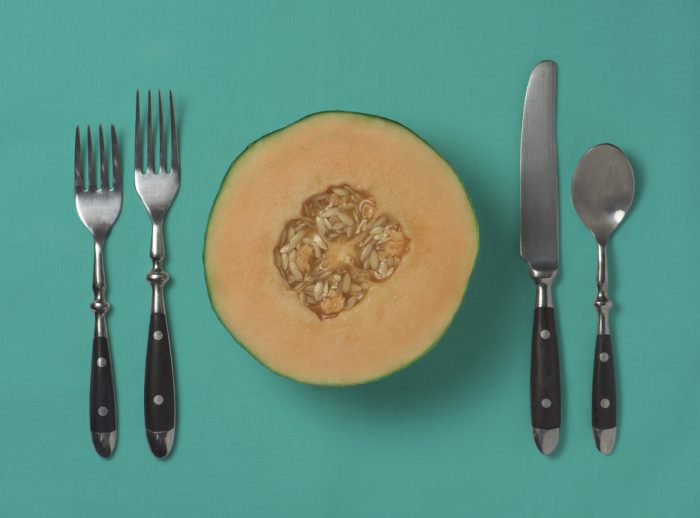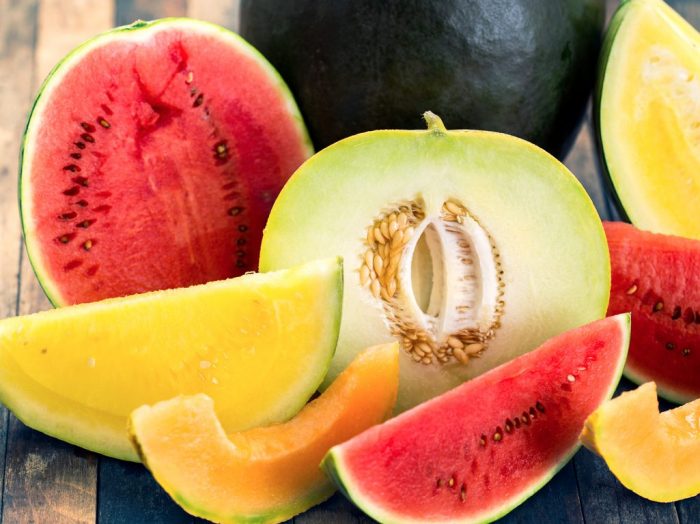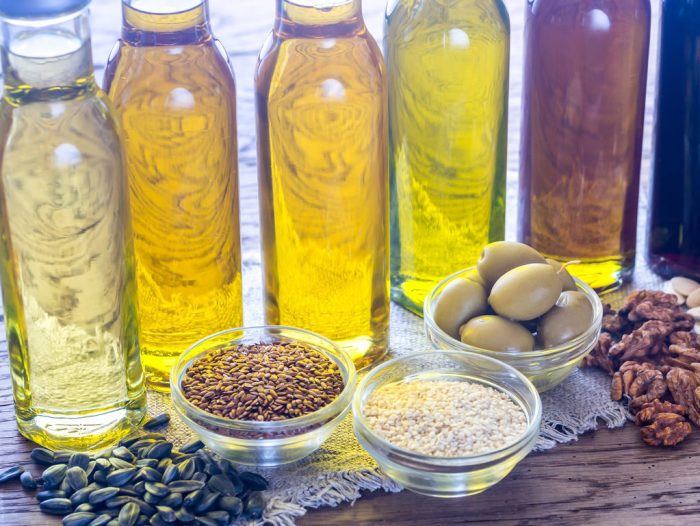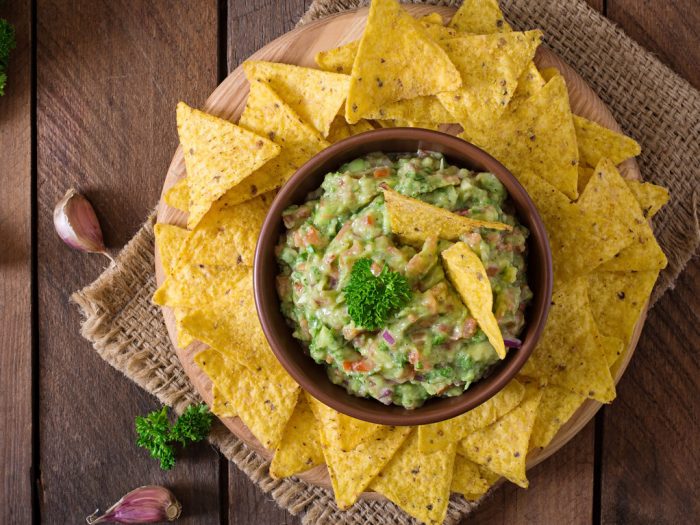Is there anything more joyful than having an amazingly hydrating fruit on a hot summer day? I think not! But at the same time, it can be dismaying to cut open the hard shell and find something lacking on the inside. That’s why it’s time to learn to pick the perfect melon right now. We made a guide for you!
Sometimes it gets so hot during the summer that even eating is a chore. My body doesn’t know exactly how to react to the heat so it tries to just shut down, use as little energy as possible and also doesn’t really feel like eating anymore. That’s why having a perfect melon on hand, no matter the type, is kind of a godsend for me. It works as a snack, it works as a lunch with some added bits and pieces around it and it definitely works as dinner or just a dessert.
Here’s how to make the most out of your watermelon. And how about you make a great non-alcoholic watermelon cocktail.
https://www.youtube.com/watch?v=Ong1JepfWL4
But for you to enjoy the happiness of melon cubes for any meal you prefer, it’s important to know how to pick the perfect melon to nourish you. Picking fruit and veggies is such a nice, tactile task. You get to squeeze, knock on them, feel the texture of the skin or their shells. Unfortunately, is not that simple with melons. Not for lack of trying, I’ll admit that. This is the popular wisdom: a melon is good if you knock its shell and it sounds hollow. This is the piece of advice I received from my dad, who was a true melon aficionado and would take me melon shopping all the time, every summer.
Sometimes, melons are not a peach. I apologize for this joke, now let’s move on. But apparently, the whole knocking on melons thing is just an unproven, unreliable legend. So how do you shop for the perfect melon? Keep your hands down and use your eyes. There are plenty of visual cues.
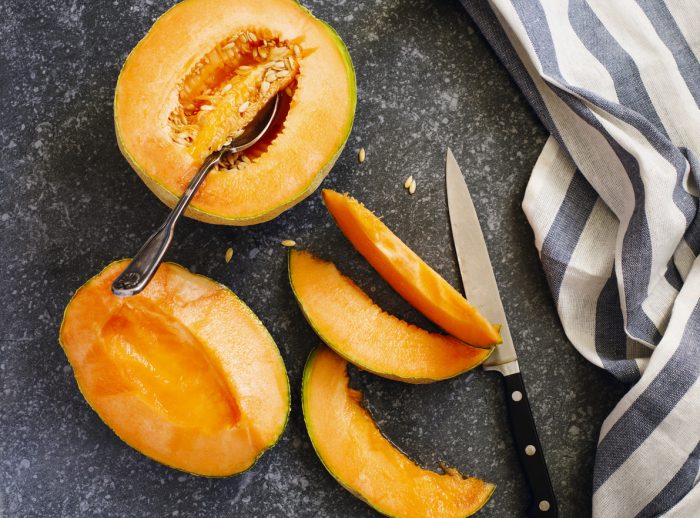
3 ways to tell you found the perfect melon
1. You’ll spot the bad melons first
Melons don’t ripen even after they’re harvested, like other fruit. They don’t continue to become tastier or sweeter. That means that a tasteless melon will stay like that, sorry. Look out for soft rinds, brownish colors and way too many spots or colors – these are pretty surefire signs that the melon is overripe or under-ripe, because it was harvested too early or too late, or it was damaged during shipment.
2. Look for gold and shiny and check out the stems
The perfect watermelon will have a large gold, yellow, or straw-colored spot on its outside. These, called ground spots, show you where the melon rested on the soil. When they first appear, they’re white. But they change color to gold when the sugar content increases. So avoid ones with white spots and go for the gold (always!). Gold equals mature watermelon.
Have you ever seen the stem of a watermelon? It’s long and curly and pretty hard. (Kind of like my hair) If the watermelon you have your sights on is tasty and mature, then the stem has to be green. If the stem is brown, that means that the watermelon is of a certain age.
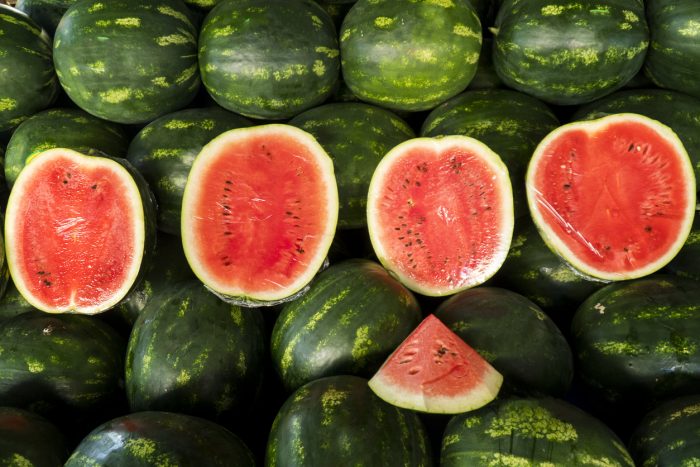
3. What about cantaloupes?
There are two types of cantaloupes, so there are two types of signs that they might be the perfect melon. The ones from the Western Shipper family are golden-colored and their netting is thick and even. If that’s what you’re getting, check out the top and the bottom. Look for green indentations in the hard skin, about the size of a coin. Also, see if on the opposite end of the green indentations you can press and the skin gives slightly. A Western Shipper cantaloupe should have a golden color (like we said, always go for the gold!) and it should smell fragrant even before you cut it open. They also fall off the vine, so they should not have any stems.
The other cantaloupe variety is the Harper family one. And you can recognize members of this family easily: they have a short stem and a netting around the stem. The netting can either be tight and full or very thin and loose. Which one to pick? The one with the netting that covers the stem.
